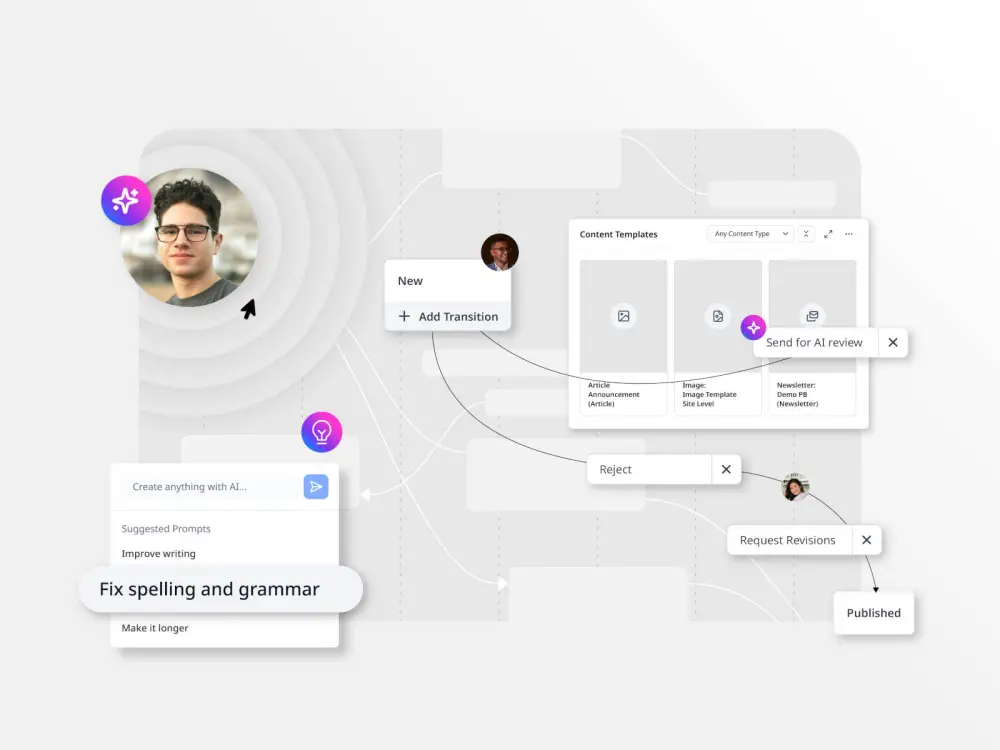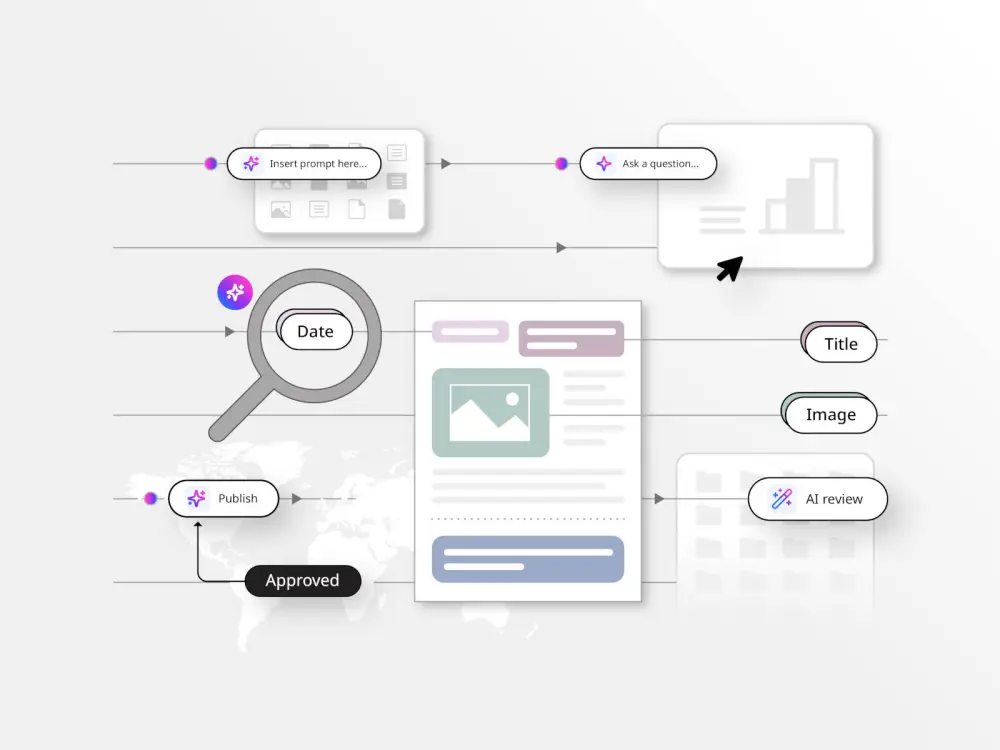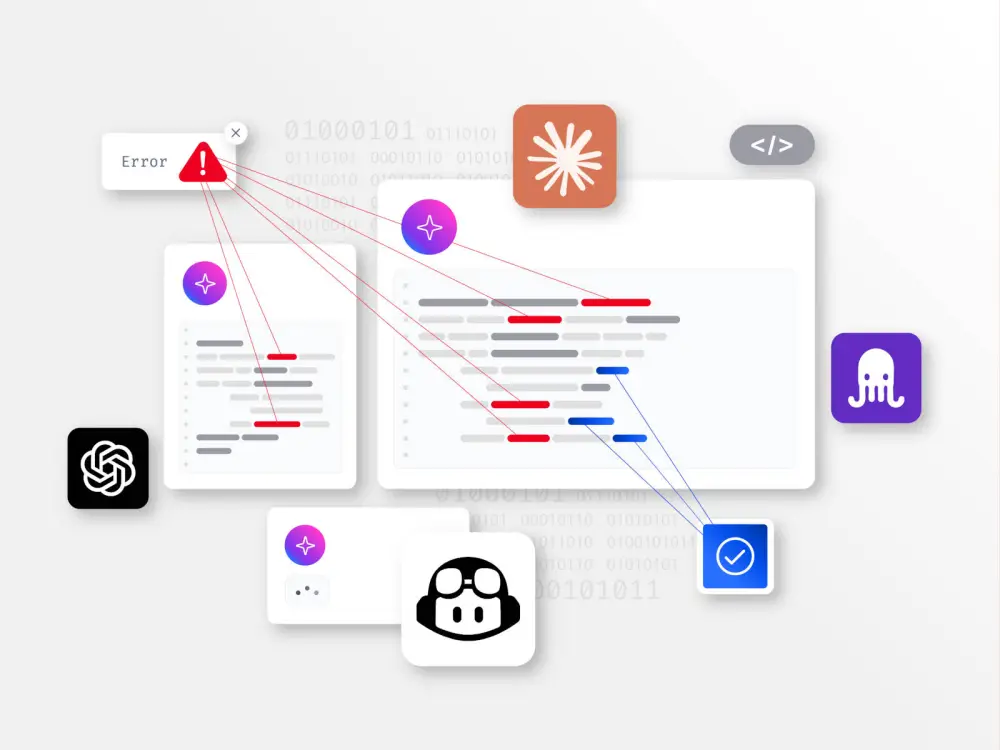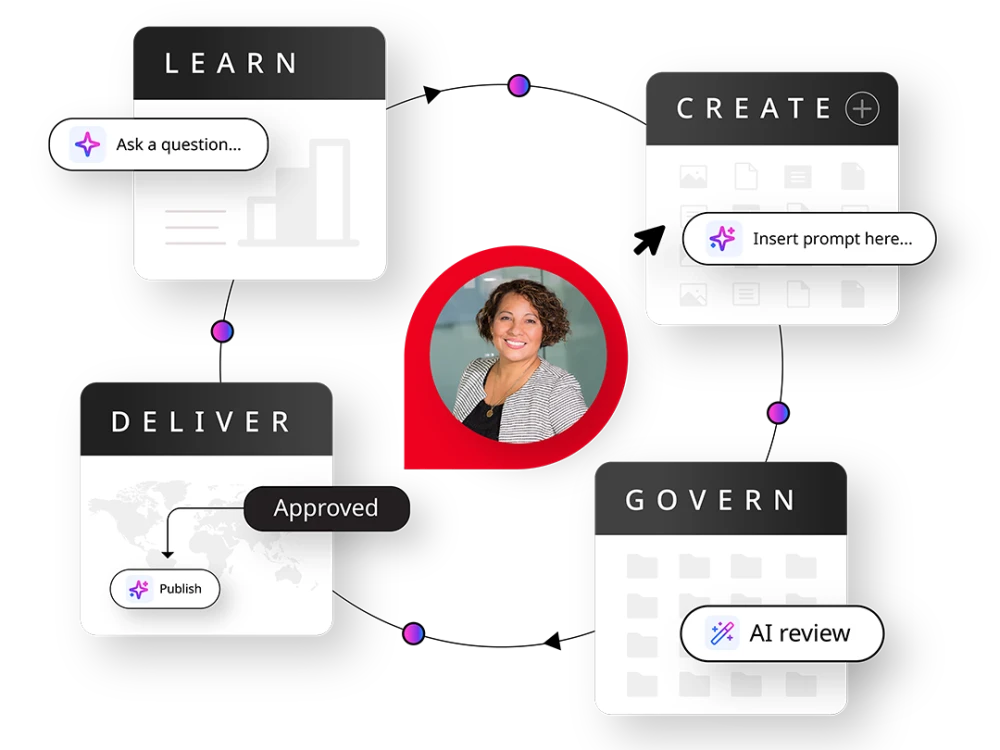Answer surface area
Answer surface area measures how much of your content is being used — not just cited — in AI-generated responses. It reflects how deeply your material informs the answer, from a single stat to entire frameworks or sections.
So you’re being cited by AI — great! But here’s the follow-up question: how much of your content is making it into the answer?
This is what we call answer surface area, a way of thinking about how deeply and widely your content is being used within AI-generated responses. Because in the world of generative searc ah, it’s not just about getting mentioned, it’s about being used to build the response.
Sometimes that’s a quick snippet or stat. Other times, it’s an entire section of your guide powering a multi-paragraph explanation.
- Structure, structure, structure: AI models love organized content. Lists, step-by-step instructions, Q&A formats and clearly labeled sections are far more likely to be pulled into responses. Think: the more skimmable for a human, the more usable for a model.
- Depth of information: Surface-level fluff won’t get used. AI favors content that provides substance, unique insights, specific stats, actionable recommendations. If your post just regurgitates what’s already out there, don’t expect it to be quoted heavily.
- Topical alignment: The tighter your content maps to specific search intents or prompt styles, the more likely it is to be pulled in its entirety rather than just name-dropped.
- Semantic richness: Content that connects ideas, provides context or compares approaches is far more “useful” to a model than a single-point opinion piece.
The more of your content shows up in answers, the more you’re influencing:
- Buying decisions
- Brand perception
- Industry education
Even if your name isn’t mentioned every time, you’re still becoming part of the digital “answer layer” that users rely on, whether they realize it or not.
- Run prompt-based content audits in LLMs by searching Perplexity, Claude, or ChatGPT with browsing using questions your content addresses. Look for long-form paraphrasing, structure reuse, and repeated use of your phrasing or logic.
Analyze content reuse depth and note whether responses include:
- Direct terminology or examples
- Multi-step logic or lists similar to your content
- Whole concepts lifted from your framework or guide
- Use originality-check tools for overlap scanning by uploading your content to tools like Originality.ai or Copyleaks and compare against AI outputs. This acts like a reverse plagiarism scan to flag reused phrasing and logic.





